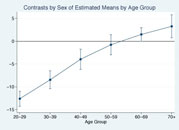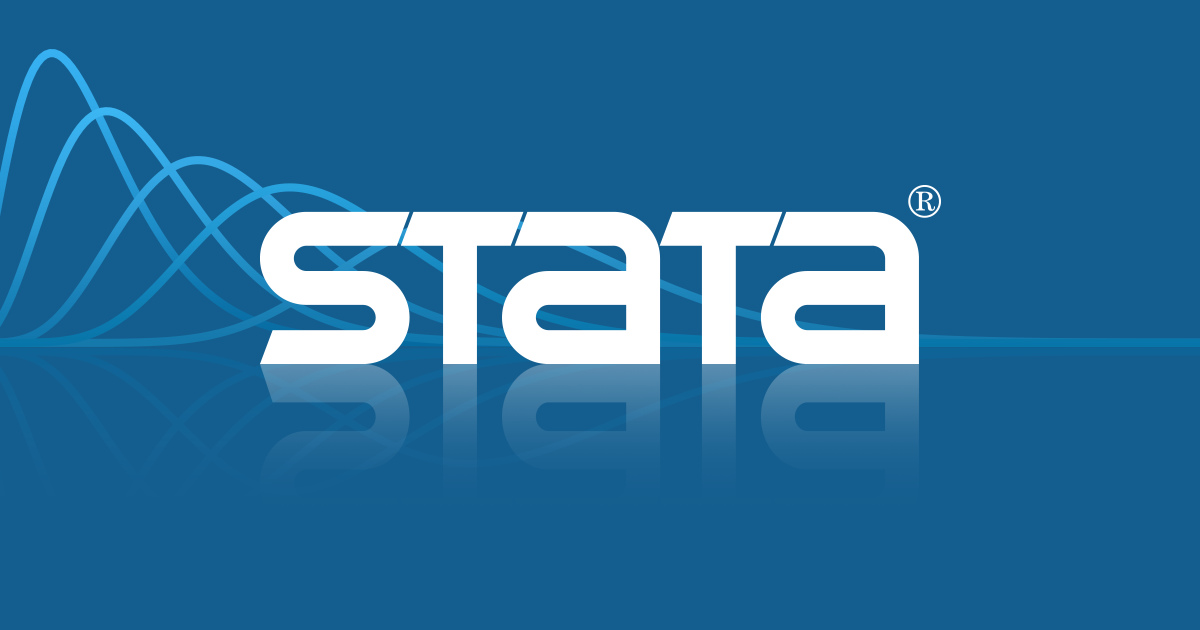
The tone of the book is friendly and conversational without ever being glib or condescending. Each chapter has exercises that the motivated reader can use to reinforce the material.

In this way, he ensures that all types of users can build good work habits. Acock teaches Stata commands by using the menus and dialog boxes while still stressing the value of do-files. He covers data management, good work habits (including the use of basic do-files), basic exploratory statistics (including graphical displays), and analyses using the standard array of basic statistical tools (correlation, linear and logistic regression, and parametric and nonparametric tests of location and dispersion). This mixture of explaining good Stata habits and good statistical habits continues throughout the book.Īcock is quite careful to teach the reader all aspects of using Stata. When explaining how to go about basic exploratory statistical procedures, Acock includes notes that will help the reader develop good work habits. Acock starts with the basics for example, the portion of the book that deals with data management begins with a careful and detailed example of turning survey data on paper into a Stata-ready dataset on the computer. This assumption of a blank slate is central to the structure and contents of the book. After reading this introductory text, new users not only will be able to use Stata well but also will learn new aspects of Stata easily.Īcock assumes that the user is not familiar with any statistical software.


Acock’s A Gentle Introduction to Stata, Revised Third Edition is aimed at new Stata users who want to become proficient in Stata. Please click here to visit our new websiteĪ Gentle Introduction to Stata, Revised Third Edition (2012, 401 pages)Ĭomment from the Stata technical group (verbatim from their website, linked)Īlan C. And promote the discipline and professional practice of epidemiology in


 0 kommentar(er)
0 kommentar(er)
